tungsten carbide nozzle
Made of tungsten carbide alloy, the hardness far exceeds that of ordinary materials, and the nozzle performance is greatly improved, stable and reliable.
Tungsten carbide nozzles, widely used in multiple industrial fields such as mining, oil drilling, machining, chemical and environmental protection industries. With high hardness, wear resistance and corrosion resistance, tungsten carbide nozzles have become key components in many industries due to their excellent performance.

Cross - Groove Structure Nozzles
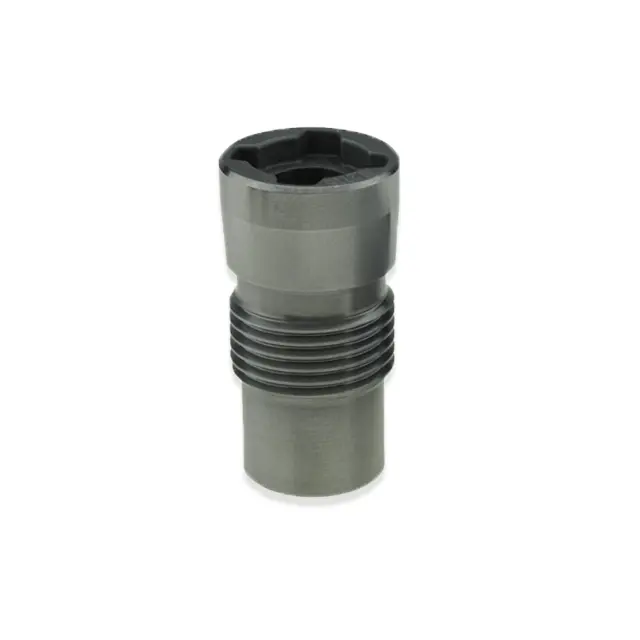
External Thread Structure Nozzles
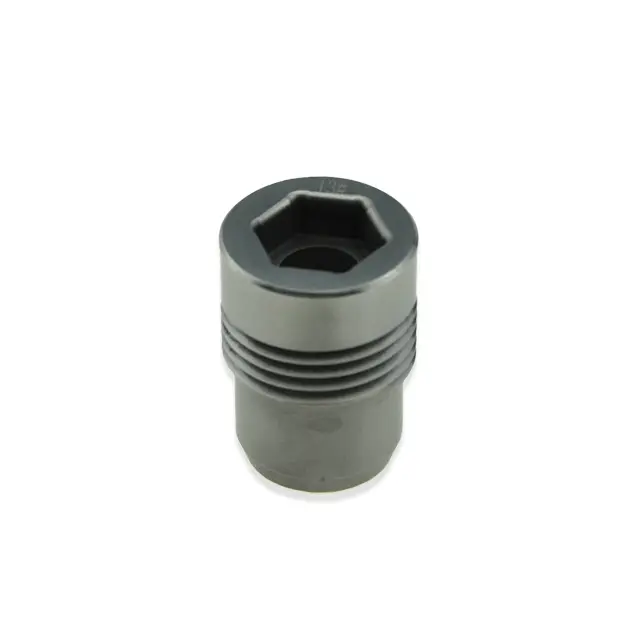
Hexagonal Structure Nozzles
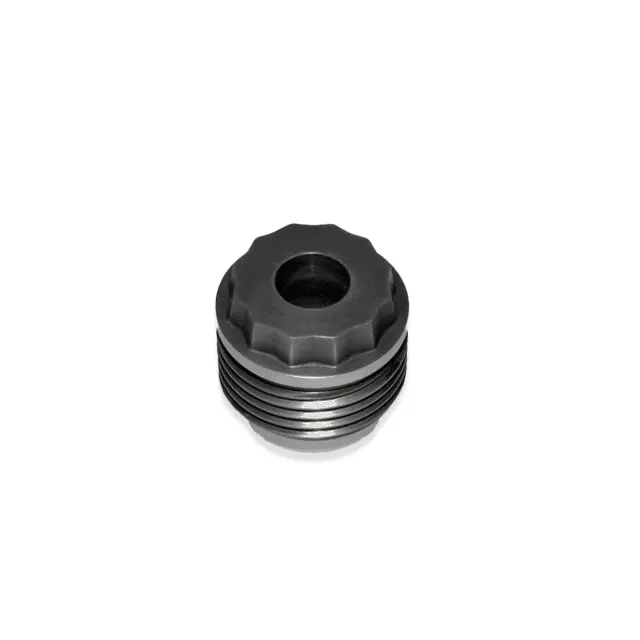
Plum - Blossom Arc - Shaped Structure Nozzles
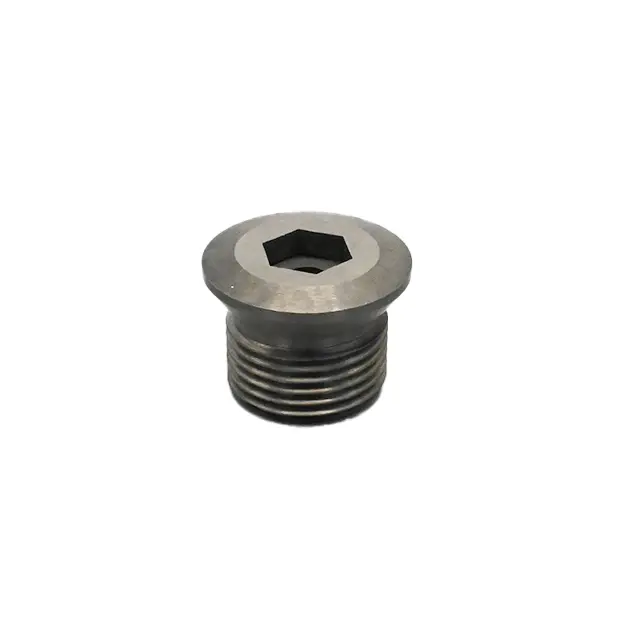
Through - Hole Structure Nozzles
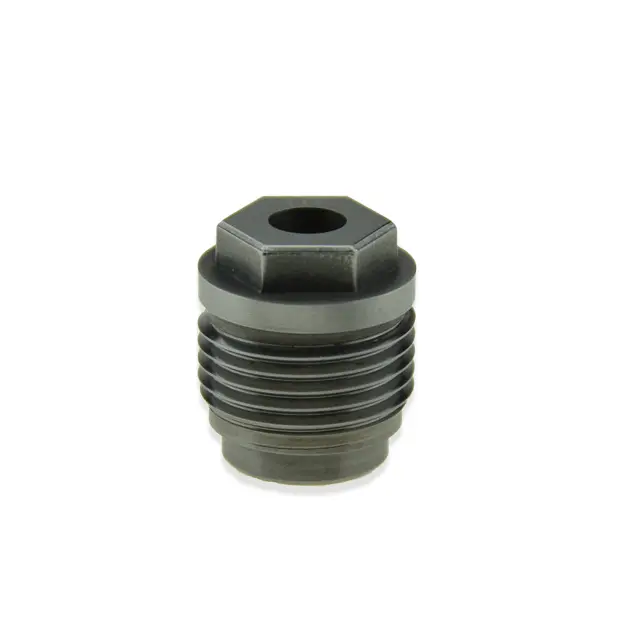
Hexagonal Structure Nozzles
With its extraordinary performance and diverse functions, tungsten carbide nozzles gallop freely in the industrial world, and the breadth of their application fields far exceeds imagination.
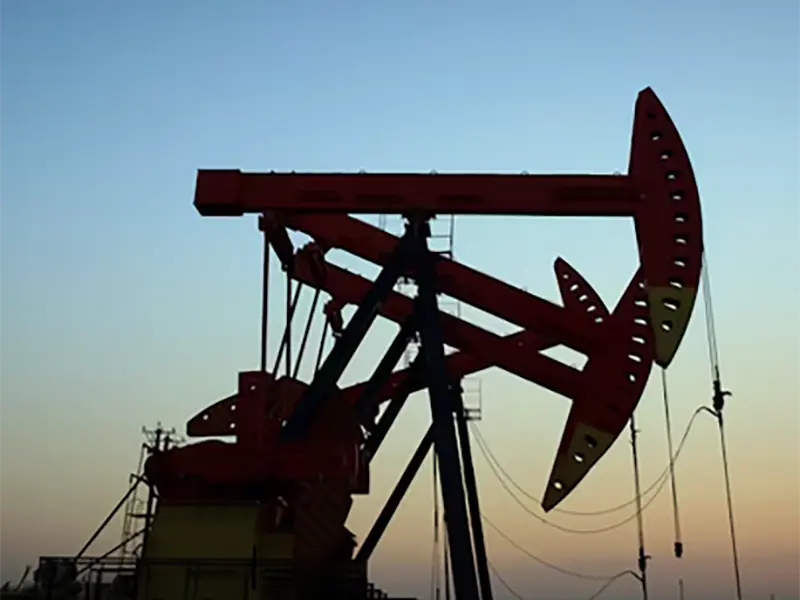
Oil and gas industry

Mining industry
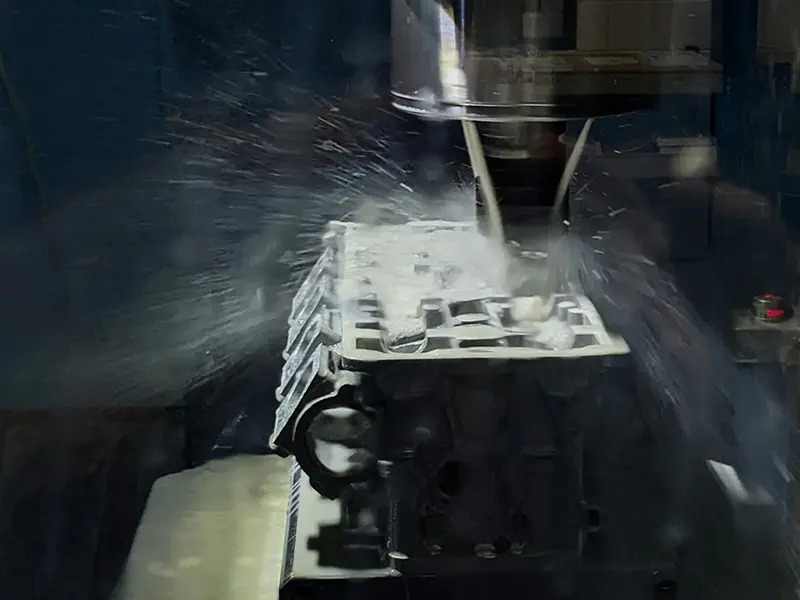
Mechanical processing industry

Chemical industry
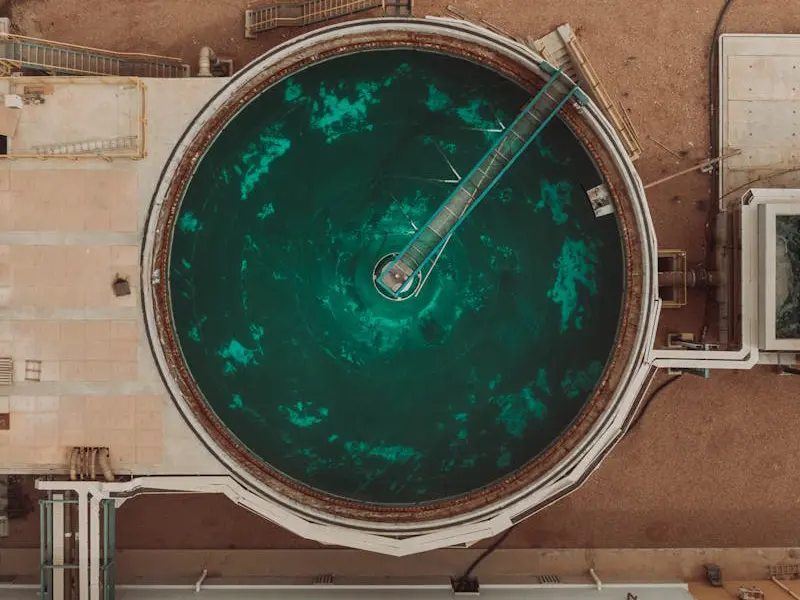
Environmental Protection Industry
Uncover Your Needs with Us!
Please provide your equipment information, nozzle standards, operating environment conditions, and other customized information. We will communicate with you about the engineer’s customized solution (including thread drawings, material recommendations, and cost budget) within 72 hours.
Tungsten carbide nozzles play a vital role in numerous industries due to their outstanding performance. In industrial cleaning, they powerfully remove stains and rust from metal surfaces. During spraying operations, they evenly atomize coatings to improve coating quality. In environmental (waste gas treatment), they are used for desulfurization and denitrification to purify harmful gases. In mining and petroleum sectors, their wear-resistant properties enable stable material transportation and drilling cooling.
Manufacturing primarily employs powder metallurgy. Tungsten carbide powder is first mixed with a binder in precise ratios, then pressed into preforms and sintered at high temperatures to bond particles tightly. Finally, precision machining like grinding and polishing ensures dimensional accuracy and surface quality.
With excellent performance, tungsten carbide nozzles are widely used in key equipment, including chemical reaction kettles and absorption towers, environmental spray and washing towers, mining/petroleum drilling equipment and mud pumps, as well as CNC machine cooling systems and sandblasting devices in mechanical processing, all relying on them for efficient and stable operation.
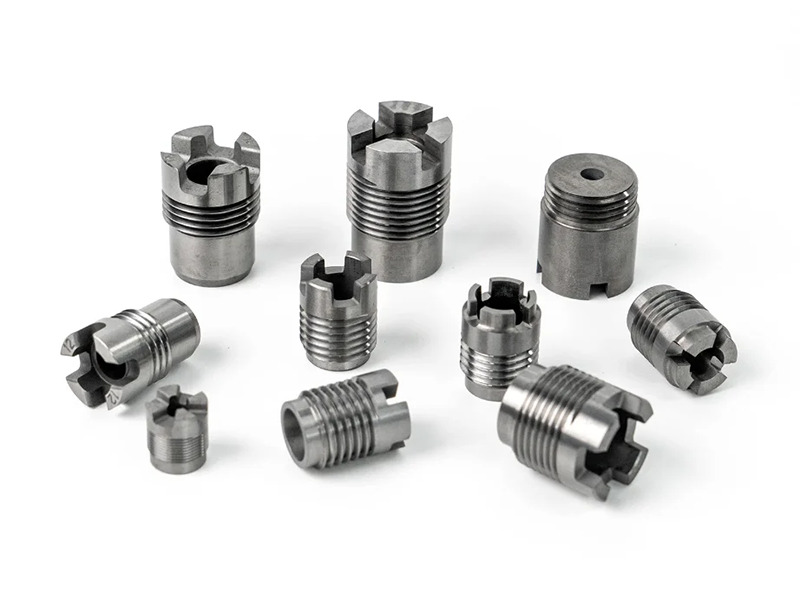
The type of nozzle determines key characteristics such as the ejection pattern, velocity, flow rate and distribution range of the fluid.

Straight Hole Type
- Structural Feature: Straight-through cylindrical shape with no contraction or expansion in the internal flow channel, featuring an extremely simple structure.
- Functional Advantage: Provides a stable and continuous jet flow pattern with low pressure loss during fluid passage.
- Typical Applications: Conventional scouring (e.g., industrial equipment surface cleaning), cooling scenarios (e.g., drill bit cooling, mechanical component heat dissipation).
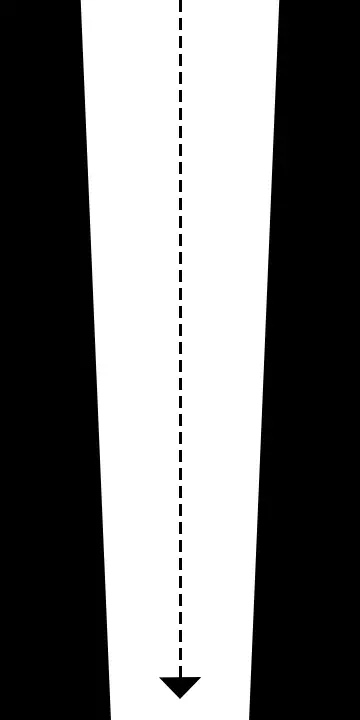
Convergent Type (Conical)
- Structural Feature: Larger diameter at the inlet, gradually narrowing to a smaller outlet, forming a conical flow channel.
- Functional Advantage: Accelerates fluid velocity through cross-sectional area reduction, significantly enhancing the kinetic energy and concentration of the jet.
- Typical Applications: High-impact scenarios (e.g., drilling fluid rock breaking, ore crushing), atomization systems (e.g., fuel spraying, agricultural pesticide spraying).
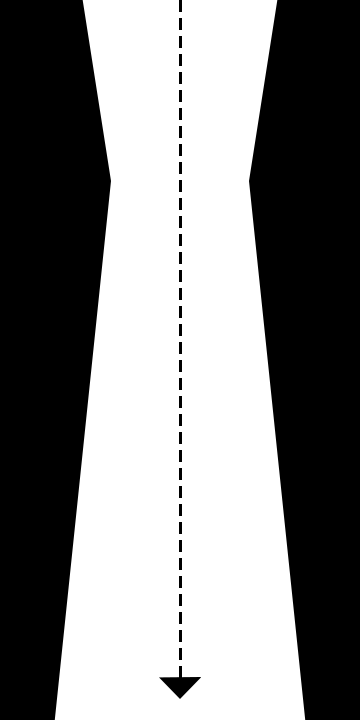
Venturi Type
- Structural Feature: Composed of a contraction section, throat (minimum cross-sectional area), and diffusion section, forming a streamlined composite structure.
- Functional Advantage: Forms a high-speed jet at the throat while generating a vacuum suction effect via the Venturi effect.
- Typical Applications: Scenarios requiring mixing or suction (e.g., chemical fluid mixing, vacuum 引流 in oil and gas extraction), high-kinetic-energy injection (e.g., high-pressure water jet cutting).
In the oil and gas extraction and mining industries, the performance of tungsten carbide nozzles directly affects drilling efficiency, equipment lifespan, and operational safety.
Material-Related Parameters
1. Tungsten Carbide Content (WC Content)
- Range: Typically 85%–99% (the rest is binder such as cobalt, Co).
- Meaning: Higher WC content enhances nozzle hardness and wear resistance but may reduce toughness.
- Application Significance:
- High content (e.g., >95%): Suitable for high-wear scenarios (e.g., sand-laden mud transportation, hard rock drilling) to extend service life.
- Medium-low content (e.g., 85%–90%): Balances hardness and toughness for moderate-load conditions (e.g., conventional drilling fluid injection).
2. Binder Type
- Common Types: Cobalt (Co), nickel (Ni), iron (Fe)-based alloys.
- Meaning: The binder determines the material’s toughness, corrosion resistance, and high-temperature performance.
- Application Significance:
- Cobalt-based: Offers superior overall performance, ideal for wear and impact resistance in mainstream drilling nozzles.
- Nickel/iron-based: Enhanced corrosion resistance, suitable for acidic oilfields or environments with chemical corrosive media.
Structural and Dimensional Parameters
1. Orifice Diameter
- Range: 0.5–20 mm (common: 2–10 mm).
- Meaning: Directly affects fluid flow rate and injection velocity (smaller orifices yield higher velocity and impact force).
- Application Significance:
- Small orifice (<5 mm): Used for high-pressure jetting (e.g., hydraulic rock breaking, sandblasting) to generate high-velocity impact.
- Large orifice (>8 mm): Used for high-flow transportation (e.g., mud circulation, cooling) to reduce clogging risks.
2. Orifice Shape
- Common Types:
- Straight 孔型 (Straight bore): Simple cylindrical structure for stable jet flow.
- Convergent (Tapered): Wider inlet, narrower outlet to accelerate fluid and improve jet concentration.
- Venturi: Constricted middle section creates high-velocity jets and vacuum suction effects.
- Application Significance:
- Convergent/venturi types for high-kinetic-energy injection (e.g., drilling fluid rock breaking, fuel atomization).
- Straight bore for conventional scouring or cooling (e.g., bit cooling, cuttings cleaning).
3. Nozzle Length
- Range: 10–100 mm (common: 20–50 mm).
- Meaning: Influences fluid flow pattern (turbulent or laminar) and energy loss within the nozzle.
- Application Significance:
- Long nozzles: Allow full fluid acceleration for stable jets, suitable for long-distance injection (e.g., cuttings transport in deep-hole drilling).
- Short nozzles: Faster response for close-range, high-frequency injection (e.g., real-time drilling cooling).
4. Installation Type
- Common Types:
- Welded: Permanently fixed to the drill bit, offering good sealing but no disassembly.
- Threaded/Cartridge: Removable for easy maintenance, ideal for high-wear scenarios.
- Application Significance:
- Welded for long-term stable operations (e.g., deepwater drilling); removable for shallow mining with frequent maintenance.
Fluid Dynamics Parameters
1. Working Pressure
- Range: 10–200 MPa (common: 30–150 MPa).
- Meaning: The maximum fluid pressure the nozzle can withstand, determined by material strength and structural design.
- Application Significance:
- Low pressure (<50 MPa): For conventional mud circulation and cooling (e.g., soft rock excavation).
- High pressure (>100 MPa): For hydraulic fracturing and hard rock breaking (e.g., shale gas extraction, mining waterjet cutting).
2. Discharge Coefficient (C)
- Range: 0.7–0.95 (dimensionless, influenced by orifice smoothness and fluid state).
- Meaning: The ratio of actual flow rate to theoretical maximum flow rate, reflecting flow resistance efficiency.
- Application Significance:
- High C values (e.g., >0.9) indicate low flow resistance, suitable for high-flow, low-energy scenarios (e.g., mud transportation).
- Low C values restrict flow to increase jet velocity, used for high-pressure injection (e.g., sandblasting).
3. Spray Angle
- Range: 15°–180° (common: 30°–90°).
- Meaning: The jet diffusion angle, affecting coverage area and impact intensity (smaller angles concentrate impact force).
- Application Significance:
- Small angles (<45°): For focused rock breaking (e.g., central bit nozzle impacting 井底 rock).
- Large angles (>90°): For large-area cleaning or cooling (e.g., peripheral bit nozzles scouring the borehole wall).
Tungsten Carbide (Cemented Carbide)
- Hardness and Wear Resistance: With a hardness of 2000–2500 HV, second only to diamond, it offers exceptional wear resistance (★★★★★). It can withstand long-term erosion from solid particles like sand-laden mud and mineral slurry, making it suitable for high-wear, high-pressure scenarios such as oil drilling and mining hydraulic cutting.
- Corrosion Resistance: Cobalt-based tungsten carbide has moderate corrosion resistance (★★★★☆), while nickel-based formulations significantly enhance acid/alkali resistance, ideal for moderate-corrosion environments like acidic oilfields.
- Cost: High initial cost, but its service life is 5–10 times that of ordinary materials, providing significant long-term cost advantages.
- Typical Applications: Oil drilling nozzles, mining wear-resistant conveying nozzles, high-pressure waterjet cutting heads.
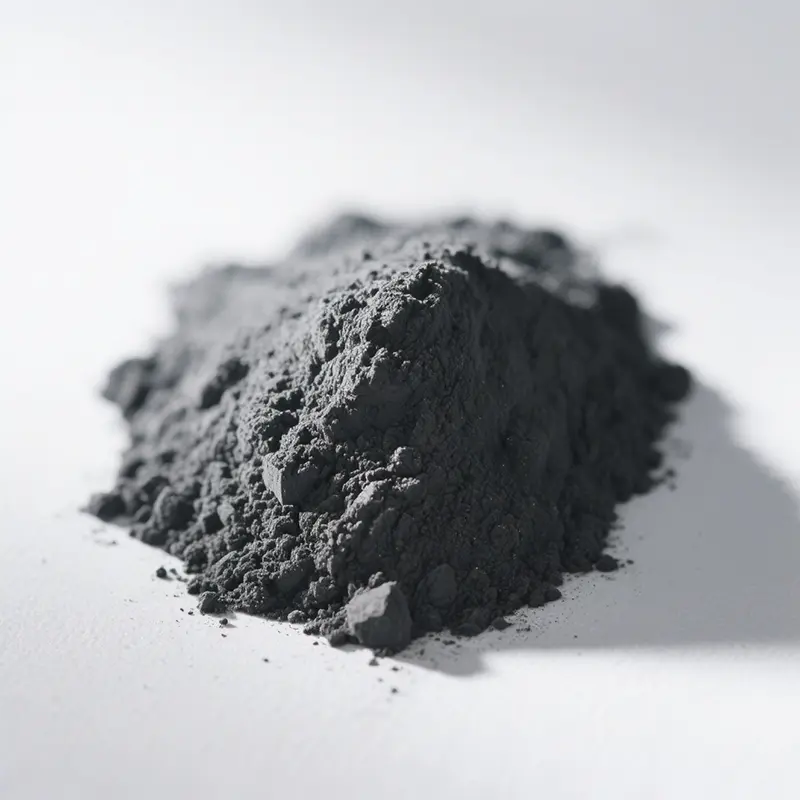
Ceramic (e.g., Aluminum Oxide Al₂O₃)
- Hardness and Wear Resistance: Moderate hardness (1200–1500 HV, ★★★☆☆), better than metals but lower than tungsten carbide. Suitable for low-wear liquid spraying (e.g., chemical solutions, food-grade cleaning).
- Corrosion Resistance: Excellent resistance to acids, alkalis, and salts (★★★★★), making it ideal for chemical, pharmaceutical, and other corrosive environments.
- Cost: Medium cost, but high brittleness and low impact resistance limit its use in high-load scenarios.
- Typical Applications: Chemical reaction kettle nozzles, food processing cleaning nozzles, laboratory corrosion-resistant spray heads.

Stainless Steel (e.g., 316L)
- Hardness and Wear Resistance: Low hardness (200–300 HV, ★★☆☆☆) and poor wear resistance, easily worn by particle-laden fluids. Suitable only for non-wear or low-flow scenarios (e.g., aquarium filters, ordinary water pipes).
- Corrosion Resistance: Moderate resistance to conventional corrosion (★★★★☆), but prone to rust in strong acids or high-salt environments, unsuitable for industrial-grade harsh conditions.
- Cost: Low initial cost, but frequent replacements lead to high long-term maintenance costs.
- Typical Applications: Household cleaning nozzles, garden irrigation sprinklers, non-industrial fluid transportation.
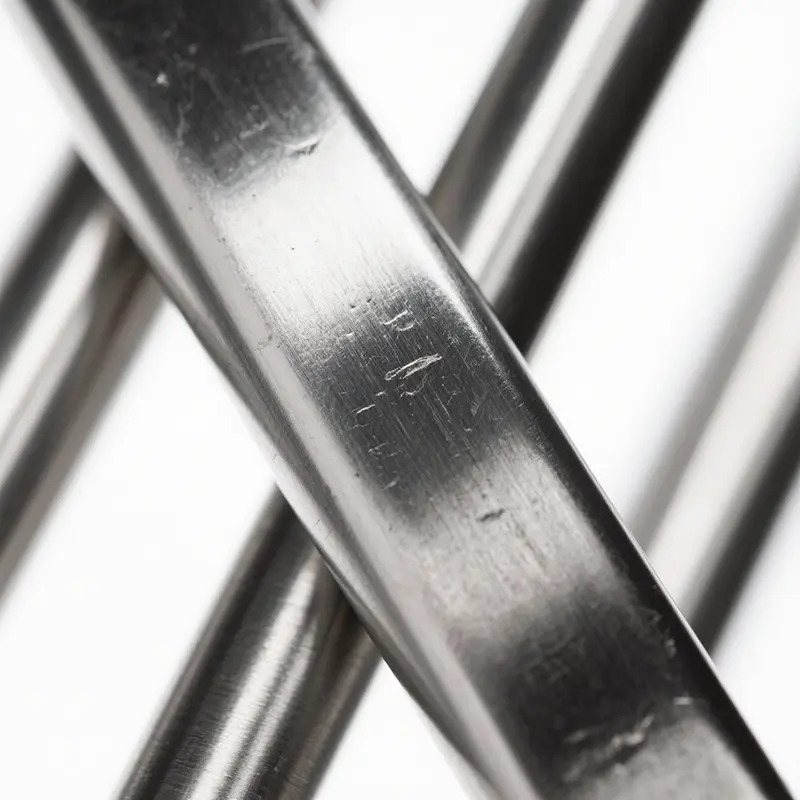
Silicon Carbide (SiC)
- Hardness and Wear Resistance: Extremely high hardness (2500–3000 HV, ★★★★★), one of the hardest engineering materials, with superior wear resistance for ultra-high temperature and severe wear scenarios (e.g., rocket engine nozzles).
- Corrosion Resistance: Exceptional resistance to acids, alkalis, and high-temperature oxidation (★★★★★), stable in extreme chemical environments.
- Cost: Extremely high cost and complex processing, limited to specialized high-end fields like aerospace and nuclear energy.
- Typical Applications: Aerospace engine fuel nozzles, high-temperature furnace slag discharge nozzles, semiconductor etching equipment nozzles.
What Products Are Commonly Used For?
The core value of tungsten carbide nozzles lies in balancing durability and cost-effectiveness under extreme working conditions, replacing easily worn stainless steel or ceramics to reduce downtime and replacement costs. By adjusting the binder phase (cobalt/nickel), their corrosion resistance is enhanced, outperforming metallic materials. The precision machining properties of tungsten carbide ensure stable inner hole dimensions of the nozzles, making them less prone to deformation during long-term use.
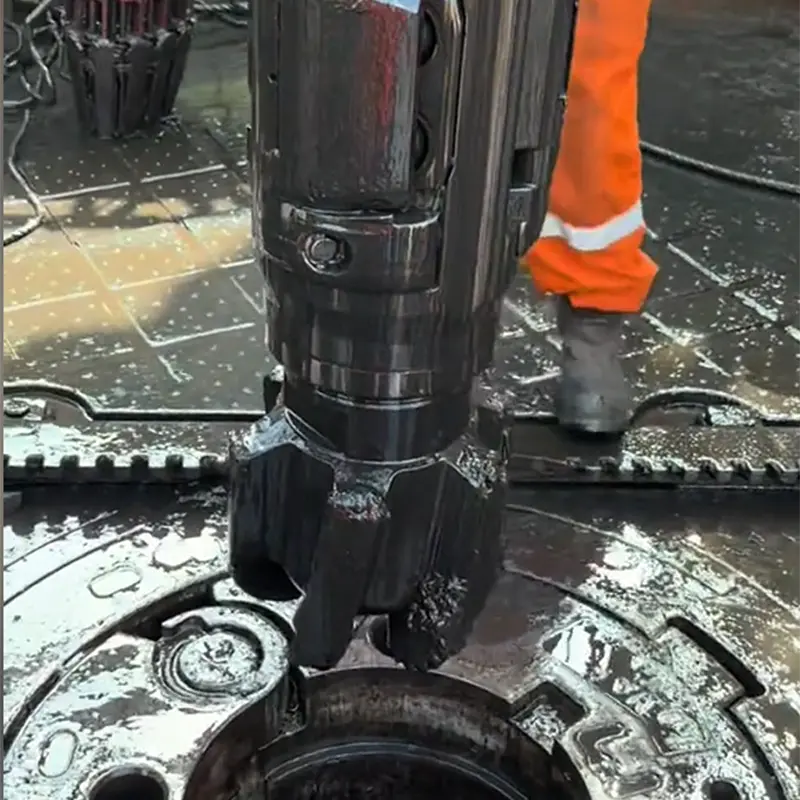
Oil and Gas Extraction
- Drilling Nozzles: Installed at the front of drill bits to inject high-pressure mud for cooling the bit and carrying cuttings.
- Feature: Withstand high-speed erosion from sand-laden mud and underground high-pressure environments. Tungsten carbide’s wear resistance extends service life (普通材料 may wear out in hours, while tungsten carbide lasts weeks).
- Cementing Nozzles: Used to inject cement slurry for wellbore stabilization, resisting wear from cement particles and alkaline corrosion.
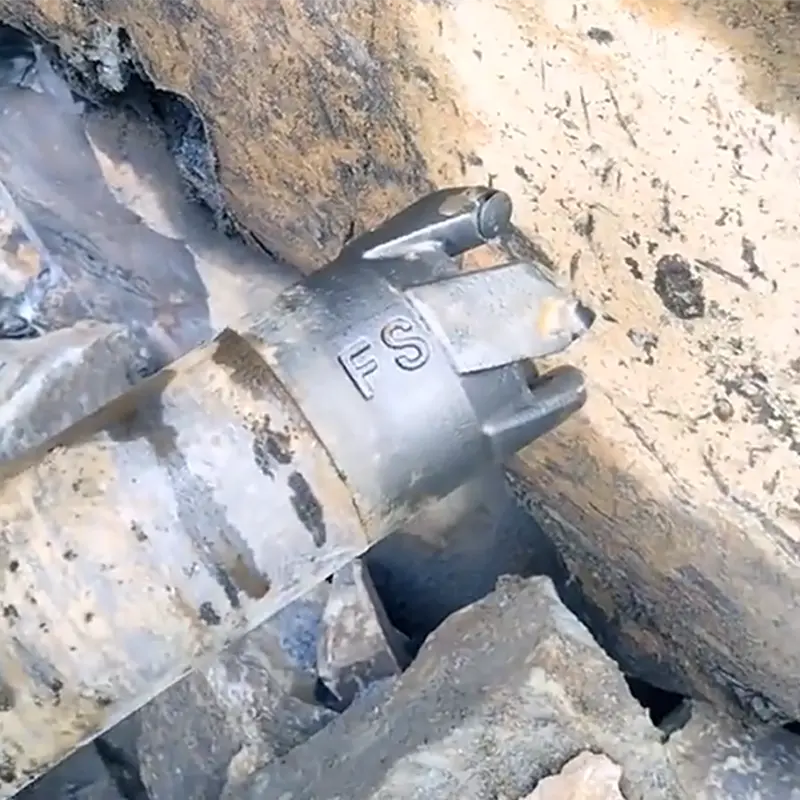
- Mineral Slurry Nozzles: Spray high-concentration mineral slurries (containing hard particles like quartz and iron ore) in concentrators and tailings treatment systems.
- Example: Applied in hydrocyclones and slurry pump outlets to prevent nozzle wear and rupture from particle erosion.
- Ore Crushing Auxiliary Nozzles: Assist in pre-breaking hard ores with high-pressure water, improving mining efficiency.

Metal Processing and Surface Treatment
- High-Pressure Waterjet Cutting Heads: Cut metal plates, stone, and composite materials, with orifice diameters as small as 0.1 mm. They withstand ultra-high pressure (over 300 MPa) from water and abrasives (e.g., garnet).
- Advantage: Tungsten carbide nozzles last 50+ times longer than ordinary stainless steel nozzles and offer higher cutting precision.
- Sandblasting Nozzles: Emit high-velocity sand particles (e.g., emery, glass beads) to remove surface impurities in metal derusting and casting cleaning processes.
- Application: Shipbuilding and automotive component pre-treatment lines.
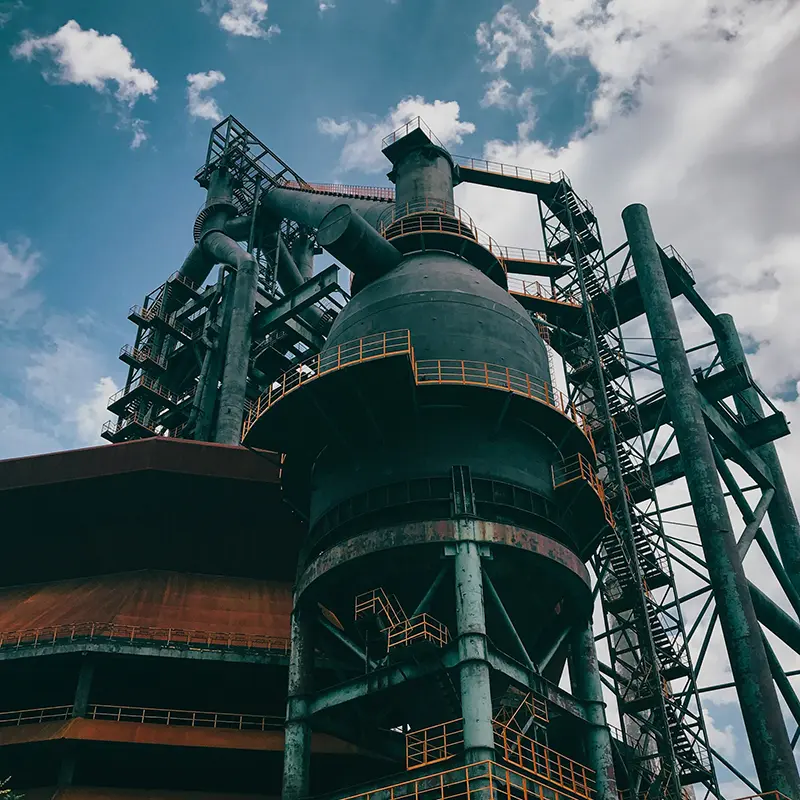
- Desulfurization Nozzles in Coal-Fired Power Plants: Spray alkaline solutions (e.g., limestone slurry) in flue gas desulfurization systems to neutralize sulfur dioxide.
- Requirement: Resist wear from slurry particles and acidic corrosion; nickel-based tungsten carbide alloys are preferred.
- Chemical Reaction Nozzles: Inject corrosive liquids or high-temperature materials in processes like polymerization and spray drying, such as granulation nozzles in fertilizer production and pharmaceuticals.
Core Advantage Summary
- High-Wear Scenarios (e.g., particle-laden fluids): Replace easily worn stainless steel or ceramics to reduce downtime and replacement costs.
- High-Corrosion Scenarios (e.g., acidic/alkaline environments): Adjust the binder phase (cobalt/nickel) to enhance corrosion resistance, outperforming metallic materials.
- High-Precision Requirements (e.g., micron-level spraying): Tungsten carbide’s precision machining ensures stable orifice dimensions and long-term anti-deformation performance.
The replacement cycle of tungsten carbide nozzles is not uniformly fixed, but is jointly determined by multiple factors such as working environment, medium characteristics, usage frequency, and nozzle material/process.
Typical Replacement Cycle References for Application Scenarios
| Application Scenario | Medium/Working Conditions | Standard Tungsten Carbide Nozzle Cycle | High-Performance Tungsten Carbide (Coated/Ultrafine Grain) Cycle |
|---|---|---|---|
| Oil Drilling Mud Nozzle | Sand-laden mud, high-pressure erosion | 1–4 weeks | 4–8 weeks |
| Mining Slurry Conveying Nozzle | High-concentration ore particles, severe wear | 2–8 weeks | 8–16 weeks |
| High-Pressure Waterjet Cutting | Pure water + abrasives, 300–400 MPa pressure | 200–500 hours | 800–1,500 hours |
| Sandblasting (Emery) | High-velocity sand particle impact | 50–100 hours | 200–300 hours |
| Power Plant Desulfurization Nozzle | Limestone slurry, acid-base corrosion + wear | 3–6 months | 6–12 months |
| Aeroengine Fuel Nozzle | High-temperature fuel, intermittent spraying | 500–1,000 hours | 1,000–2,000 hours |
| Food-Grade Sauce Spray Nozzle | High-viscosity liquids, low wear/corrosion | 6–12 months | 1–2 years |
Precautions
- Abnormal Wear Warning: Sudden increases in flow rate, pressure drops, or deformation of the spray pattern may indicate excessive wear and require immediate shutdown for inspection.
- Cost Balance: While high-performance tungsten carbide nozzles have higher initial costs (5–10 times that of stainless steel), they reduce downtime losses and offer better long-term cost-effectiveness.